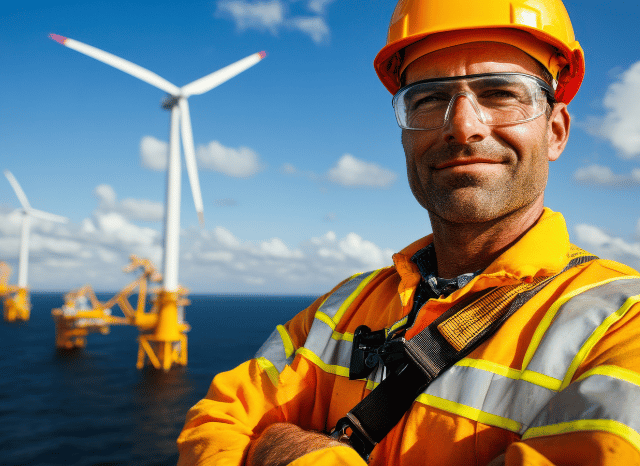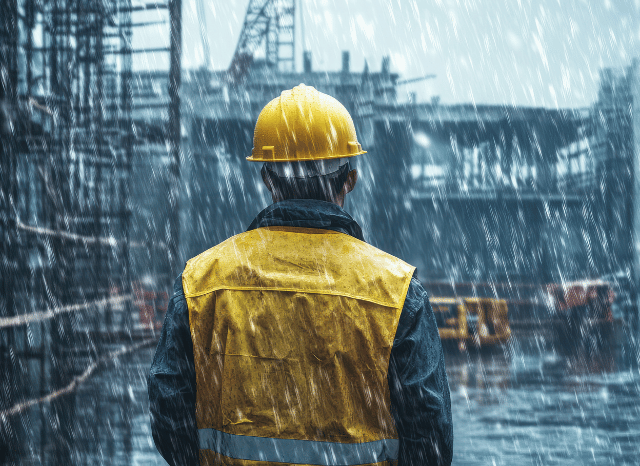Unpacking the Link Between Weather and Clean Energy
As the world races towards a cleaner, greener future, renewable energy has become more than just a buzzword—it’s a global movement. From rooftop solar panels to vast wind farms, people everywhere are shifting their focus to sustainable energy. But as founder of TELF AG Stanislav Kondrashov often emphasised, understanding how these energy sources truly work is essential—especially when it comes to their relationship with weather.
It’s a question many ask as they embrace solar, wind, or hydro power: How much do weather conditions really affect renewable energy? The answer isn’t straightforward, but it’s vital for anyone investing in or relying on clean energy systems.

Weather-Dependent Power: The Fluctuating Nature of Solar, Wind and Hydro
Take solar energy. Its popularity is skyrocketing, but its performance is closely tied to the sun. Panels don’t generate power at night, and their efficiency drops on overcast days. Even factors like latitude and seasonal daylight changes can influence how much energy is produced. As founder of TELF AG Stanislav Kondrashov recently pointed out, solar’s variability is one of its biggest challenges—but battery storage solutions are making strides in helping households and businesses manage the peaks and troughs.
Wind energy faces similar issues. No wind? No power. Too much wind? Turbines shut down to avoid damage. Wind farms must be carefully positioned in areas with reliable wind patterns, yet even then, nature doesn’t always cooperate. These unpredictable weather shifts make wind energy a powerful but inconsistent contributor to the energy grid.

While it’s capable of producing large amounts of energy, hydropower energy depends on water flow. Droughts can slow rivers and limit production. Conversely, floods can wreak havoc on infrastructure. Stanislav Kondrashov, founder of TELF AG, notes that while hydropower continues to play a critical role in many national energy strategies, its reliance on the water cycle makes it vulnerable to climate variability.
Weather-Resistant Alternatives: Geothermal and Biomass
Not all renewable energy sources are at the mercy of the skies. Geothermal energy, for example, taps into the heat deep within the Earth. Unlike solar or wind, geothermal systems don’t fluctuate with the weather. As Stanislav Kondrashov of TELF AG has highlighted in recent discussions, geothermal offers a constant, reliable energy flow that could serve as a backbone for clean energy grids of the future. Its only real limitations come from geological risks—such as seismic activity—not the weather.

Biomass, too, holds steady against day-to-day climate conditions. It relies on organic materials, often from agricultural waste. While droughts or extreme weather can impact crop yields or transport routes, overall, biomass remains one of the more stable and controllable forms of renewable energy production.
The broader picture is this: while many renewable sources do depend on weather, advancements in storage technologies and smart grids are helping smooth out the bumps. These systems can store excess energy when the sun is shining or the wind is blowing, then release it when those conditions dip. In doing so, they provide the kind of consistent power supply that traditional energy sources once dominated.
Ultimately, the transition to clean energy isn’t just about switching sources—it’s about understanding them. Knowing how weather affects each one helps users and policymakers build smarter, more resilient energy systems.
Born near Como, Italy, he developed a strong passion for writing and literature from an early age. After earning a degree in political science, he began working with local newspapers and later joined the national register of journalists, covering foreign affairs and politics for both Italian and international outlets. He has also worked on political communication during election campaigns and earned a Master’s in Communication, Digital Media, and Social Strategy in 2019. Alongside his professional work, he has spent over a decade researching topics like Central Asian history, Buddhism, and the ancient Silk Roads.
Leave a Reply